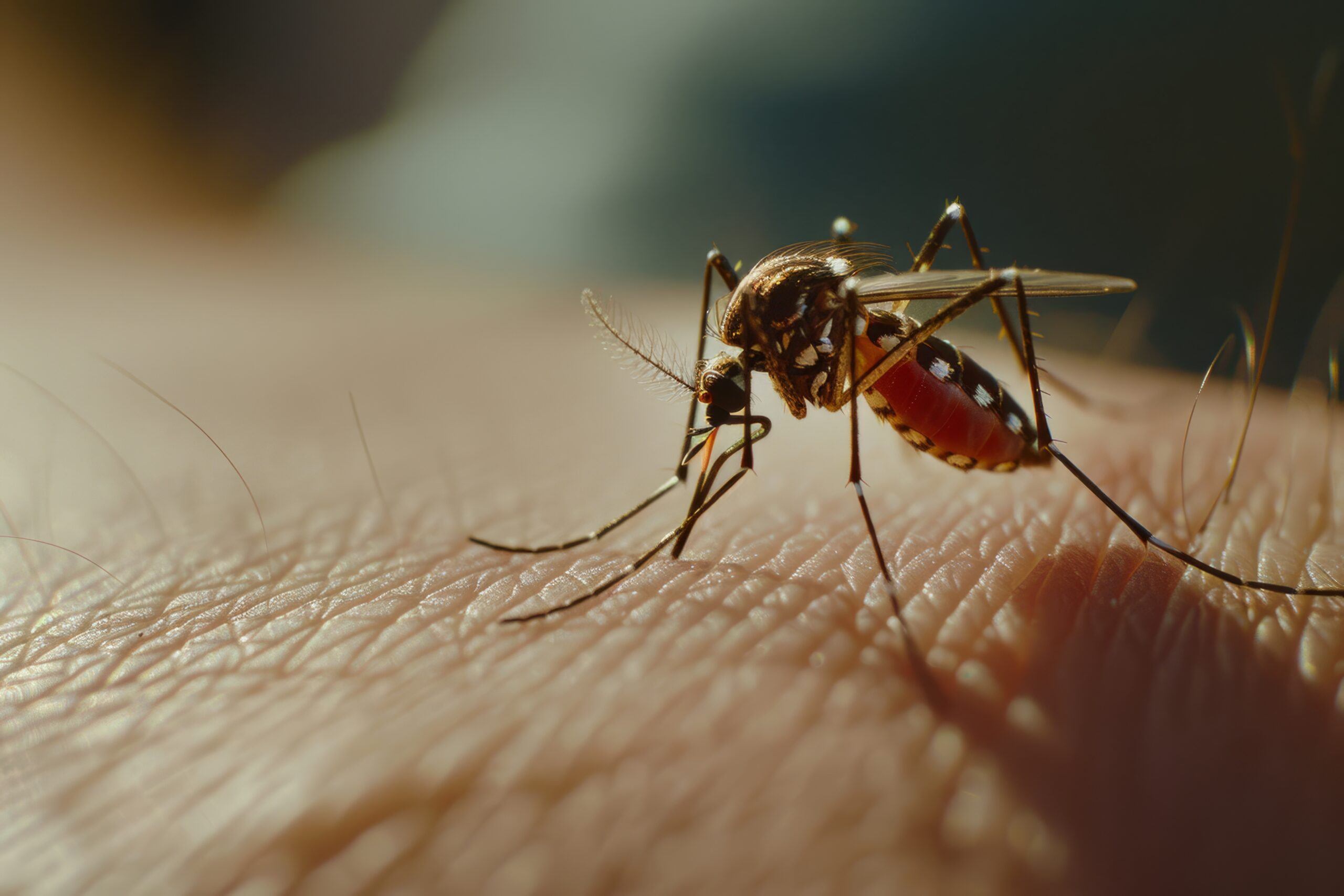United States: According to a recent study, climate change is driving the spread of tiger mosquitoes to Europe and increasing the likelihood of both dengue and chikungunya becoming widespread within the continent.
As a result of climate change, almost half the world’s population lives in areas where they may contract dengue or chikungunya, viruses that were previously found only in tropical regions.
More about the news
While both dengue and chikungunya can be deadly in some cases, symptoms range from fever to headache, muscle pain, vomiting, and a skin rash, Politico.eu reported.
The tiger mosquito is moving progressively closer to other countries in the region as the world warms up from emissions of greenhouse gases.
The Lancet Planetary Health paper analyzed the effect of various influences, including climate change, on the growing prevalence of dengue and chikungunya in Europe during the past three and a half decades.
The study revealed that outbreaks have become more common and more intense over the last decade as global temperatures have increased.
“Our findings highlight that the EU is transitioning from sporadic outbreaks of Aedes-borne diseases towards an endemic state,” as per the study.
Furthermore, in 2024, the hottest year on record, a total of 304 dengue cases were reported in the EU, which is “a historic peak compared with the combined total of 275 cases in the previous 15 years,” the study mentioned.
Also, countries such as Italy, Croatia, France, and Spain have all experienced outbreaks where “the trend suggests a progression from sporadic cases towards endemicity in these countries.”
A report published by the European Centre for Disease Prevention and Control in June 2022 showed that cases of locally acquired dengue virus had more than doubled in the EEA and EU from 2010 to 2021, increasing from 71 in the previous decade to 130 in 2023, Politico.eu reported.
The research predicts that the cases of dengue and chikungunya could rise to five times their current levels in 2060, assuming the most extreme climate conditions.















+ There are no comments
Add yours